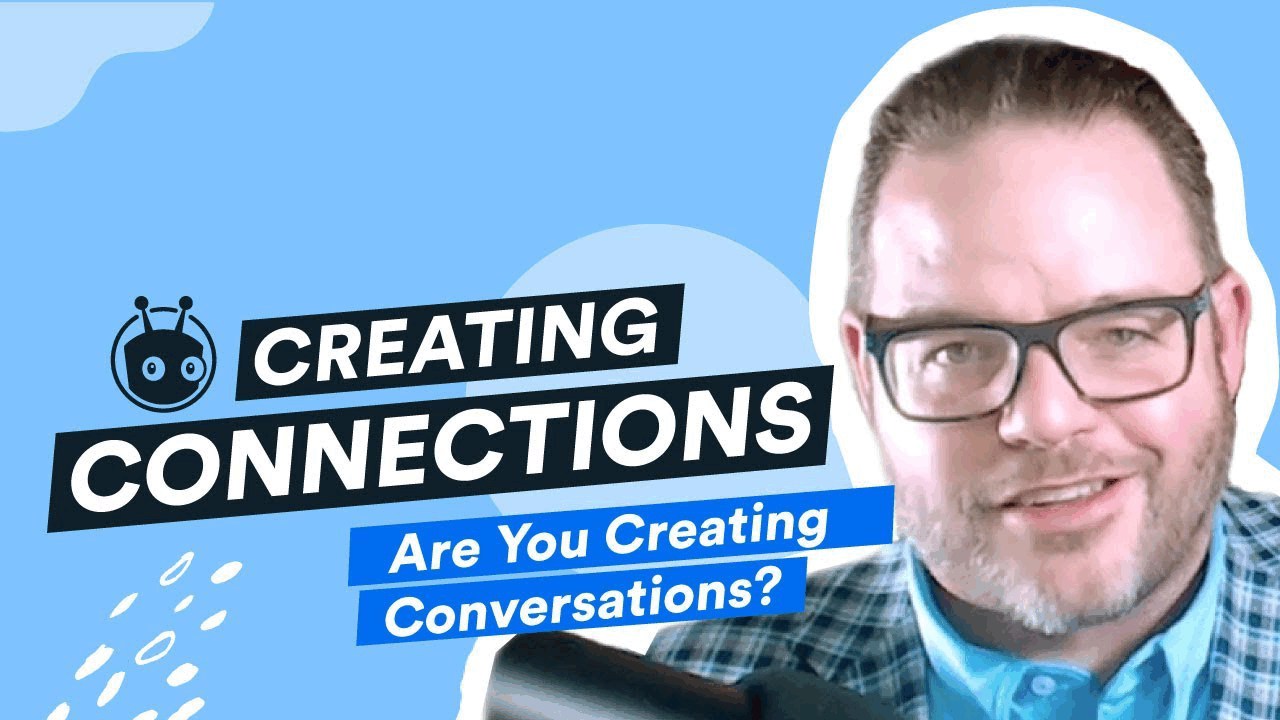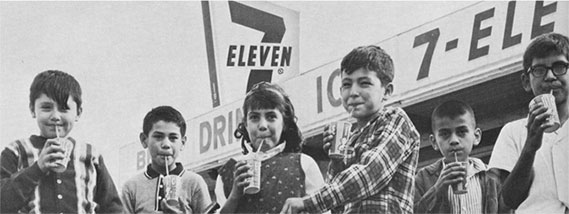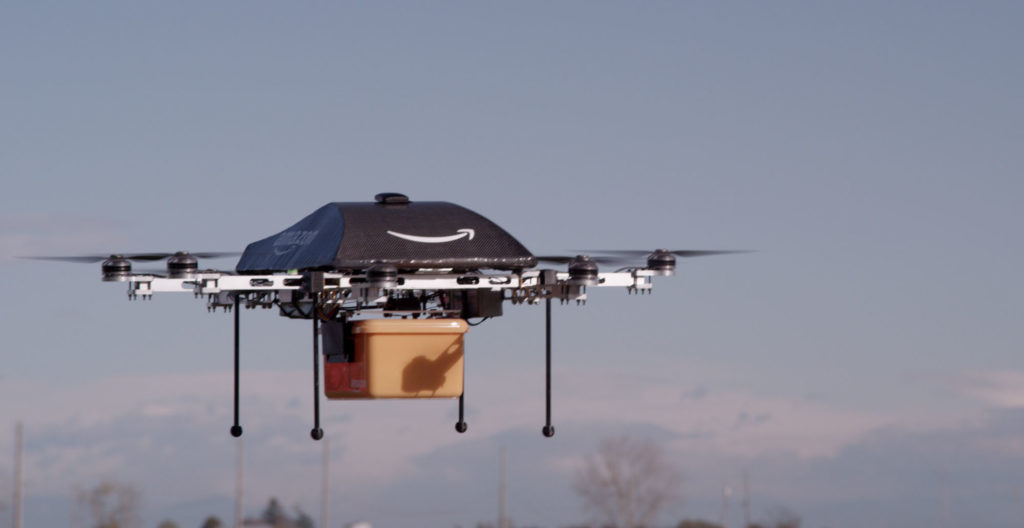Every marketer’s dream is to turn their customers into brand ambassadors—or, at least, it should be!
Brand ambassadors, or customer advocates, are walking, talking advertisements, who are free of charge. They provide the highest quality leads for one simple reason: authenticity. Think about it. Are you more likely to make a purchase based on an advertisement or a product review? What about a recommendation from a peer?
You guessed it: 62% of consumers search for online reviews before making a purchase and 90% of consumers trust brand recommendations from friends.
And according to Jay Baer, co-author of the book Talk Triggers, in his interview with Tyler Lessard on the Creating Connections Podcast, these personal recommendations matter even more in the B2B world, where 90% of purchase decisions are influenced by word-of-mouth.

But customer advocates and word-of-mouth marketing can’t be bought. If you want customers to participate in brand advocacy, you have to give them something to talk about.
What is a Talk Trigger?
In their book, Talk Triggers: The Complete Guide to Creating Customers with Word of Mouth, Jay Baer and Daniel Lemin define a talk trigger as “any specific operational choice that inspires conversation.” Basically, talk triggers are actions that prompt word of mouth marketing. Any business can do it, but it’s only effective if executed correctly.
Every company is expected to provide a product or service that is sufficient. But as Baer says, “competency isn’t remarkable” and it doesn’t create conversations. On the flip side, surprising and delighting your customers with a one-time event can be good, but gimmicks only get you so far. Consistency is better, and that’s where talk triggers come in.
A talk trigger is an authentic, and consistent operational choice that will keep customers talking, and coming back.
To illustrate what a talk trigger might look like and how you can create your own, the authors break them down into five categories.
5 Types of Talk Triggers
1. Talkable Empathy
Many new businesses are ditching brick and mortar and going straight to eCommerce, among them are bed-in-a-box retailers. Canadian vendor Endy burst onto the scene with seemingly instant popularity, thanks to its customer empathy.
Endy knows their customers: They lead busy lives, many of them live in condos, and they want to buy risk-free. In response, Endy offers online shopping, affordable pricing, front door delivery service, and small packaging in order to easily fit large mattresses into elevators and small apartment entryways.
Their website is optimized with easy-to-access information and videos covering FAQS. And if a customer doesn’t like their mattress, the company will come to take it back within a 100 night trial period. Their talk trigger is a friction-free buying experience. It doesn’t get more empathetic than that.
Image via Endy
2. Talkable Usefulness
In an effort to recover business in 1946, following the end of World War II, the American convenience store chain “Tote’m” extended their hours from 7 a.m. to 11 p.m. At the time, these hours of operation were unprecedented. Finally, Americans could buy household items outside of traditional work hours!
The convenience of a store being open late became the talk trigger for what eventually became, you guessed it, 7-Eleven. And although their current talk trigger is probably the Big Gulps, the initial operational choice of holding extended hours put the “convenience” in “convenience store.”
Image via 7Eleven
3. Talkable Generosity
TOMS shoes started out by donating a pair of shoes to someone in need for every pair purchased. This “one for one” policy quickly became an effective talk trigger, because TOMS aligned their company values with those of their consumers. It’s easy for consumers to buy into a brand that equates their product with charity while getting more for what they paid for, two pairs of shoes for the price of one.
To this day, TOMS shoes prioritizes charitable efforts and has since expanded their “one for one” program to go beyond shoe donations to include health, education, and community building. Search the hashtag #oneforone on Instagram to see what TOMS customers have to say about it.
Image via TOMS shoes
4. Talkable Speed
If you know of a pizza place that still guarantees delivery in 30 minutes or less, let me know. The modern-day equivalent of a successful talkable speed trigger is of course, Amazon Prime.
The company changed the game for online shopping with its two-day (and in some places, same day) delivery service, and is currently investing $800 million to increase its base guarantee to one-business-day free delivery.
And while we’re still waiting for drone deliveries to be ubiquitous, it’s undeniable that the speed of Amazon’s delivery service is a successful talk trigger.
Image via Amazon
5. Talkable Attitude
Most of us know MailChimp as an email marketing software company, but more recently, they’ve been making waves as content producers. From Instagram Stories to podcasts, their content offers value to their audience.
Looking at their Instagram feed, you might mistake them for a lifestyle brand and their corporate podcast is more like Oprah’s Super Soul Sunday for business. They recently released a documentary video series called “Second Act” with Vice, featuring people who have quit their careers to pursue a small business. It may not be immediately clear what all this has to do with email marketing, but their brand (and shareable content) is one of the many creative ways MailChimp shows off their personality. It’s uniquely their own and that tends to get people talking.
They stand out from other B2B companies in a way that makes customers want to follow them and brands want to follow in their footsteps. This is talkable attitude done right.
Image via Mailchimp
Amplify Talk Triggers with Social Media
Social media is effective at spreading awareness, but it’s not the same thing as word-of-mouth marketing. Rather, it’s one outlet where word-of-mouth marketing thrives.
The interconnectedness and immediacy of social media makes it easier than ever for customer advocates to spread the word about your product or service, but all this talk is only effective if it’s authentic.
Today’s educated buyers won’t be caught dead sharing content that isn’t genuinely valuable. So in order to inspire users to share stories, create images, videos, and even memes about your product, you have to give them some valuable inspiration.
Assuming you already have a solid talk trigger and an even better product, there are a few ways you can encourage word-of-mouth marketing (and user-generated content) through social media.
Go Where Your Audience Lives
Be aware of who your audience is, what types of content they already share, where they share it, and why. Then join the conversation. Use common sense: If your audience lives on LinkedIn, don’t focus your efforts on Instagram. Be active on your chosen social channels to promote brand visibility, repost user-generated content, and be sure to interact with your audience.
Make it an Easy Ask
Don’t expect people to download an app or cut together a movie just for you. They’re doing this for free, after all—it has to be fun for them! Create a hashtag that’s relevant to your product, but is more focused on the customer. Makeup company Glossier did this with their hashtag #glossierIRL. Customers participate by posting photos and videos of themselves wearing Glossier products in real life, sharing their own personal style and interacting with their friends. The branding is an afterthought, making this a small ask that’s fun for the customer.
Provide Inspiration
Take stock of existing user-generated content and feature it on your website or social accounts. This could include text posts, photos, and videos. Create a gallery displaying all the different ways people use your product. Vidyard does this in our Video Inspiration Hub, where we gather creative and effective uses of our platform and put them up for all to see.
Although talk triggers can be promoted on social media, a good talk trigger has the potential to last a lot longer than a blip on a newsfeed. By choosing to do something a little bit different, you have the potential to create a legacy for your business. Just make sure it’s repeatable, consistent, and most of all, genuine. Choose wisely, and get people talking.
To discover more ways to create connections, subscribe to the Creating Connections podcast on your favorite podcast platform!
Apple Podcasts: https://apple.co/3321103
Spotify: https://spoti.fi/332ymIg
Stitcher: http://bit.ly/32Z2Yuq
Google Play: http://bit.ly/32Xrzjc
And to learn more about talk triggers and get the book, visit www.TalkTriggers.com
The post 5 Types of Talk Triggers to Get People Talking About You appeared first on Vidyard.
Read more: vidyard.com














